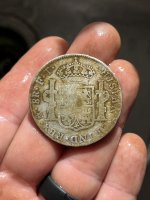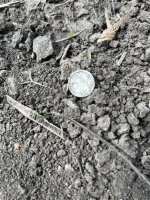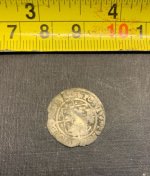T
Tuolumne
Guest
How many claim owners in California actually have plans to do real mining w a plan of operation notice of intent or actually will put down a reclamation bond?
Seems like alot of gold club members getup triple claims and use small miners waiver to hold them but never do more than run a sluice?
If you have a bunch of claims who are you kidding? R u going to put a reclamation bond on each one or are you holding multiple claims until the price if gold goes up to move to more significant disturbance.
Are you waiting out till dredging gets re-regulated?
How many of the 440+ tuolumne county claim owners have real mining plans and drilling samples?
How many on t et with just 20 acres actually have done the next step up?
The paper claim owner next to me has multiple claims hundreds of miles away from his other claims and his home address?
Are most dreaming of bringing a front loader and moving tuns while sluicing 5 gallon buckets?
Anyone recently file a poo or NOI or bond a reclamation fund?
I've got one claim and want to dig it all up eventually, not paper claim and drop them when better panning prospects are found. Sluicing is not the end to the means for my goals.
Anyone else have plans besides paper claim dreams in California?
Seems like alot of gold club members getup triple claims and use small miners waiver to hold them but never do more than run a sluice?
If you have a bunch of claims who are you kidding? R u going to put a reclamation bond on each one or are you holding multiple claims until the price if gold goes up to move to more significant disturbance.
Are you waiting out till dredging gets re-regulated?
How many of the 440+ tuolumne county claim owners have real mining plans and drilling samples?
How many on t et with just 20 acres actually have done the next step up?
The paper claim owner next to me has multiple claims hundreds of miles away from his other claims and his home address?
Are most dreaming of bringing a front loader and moving tuns while sluicing 5 gallon buckets?
Anyone recently file a poo or NOI or bond a reclamation fund?
I've got one claim and want to dig it all up eventually, not paper claim and drop them when better panning prospects are found. Sluicing is not the end to the means for my goals.
Anyone else have plans besides paper claim dreams in California?
Last edited:
Upvote
0





